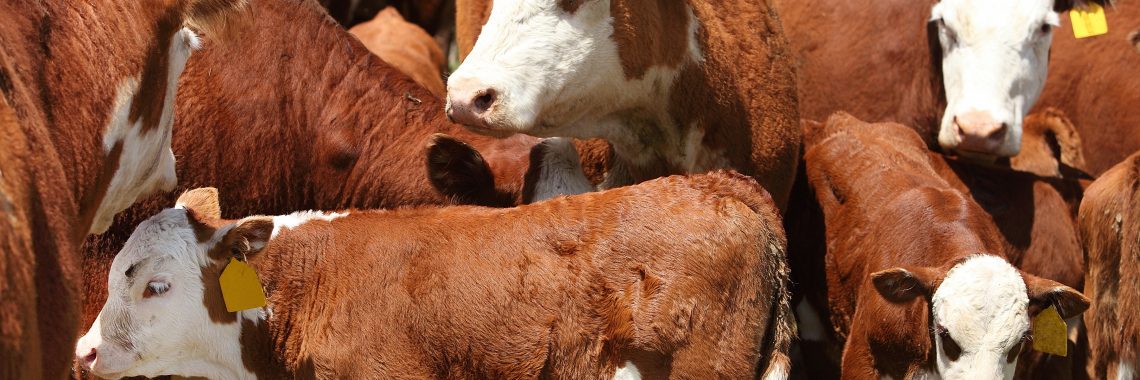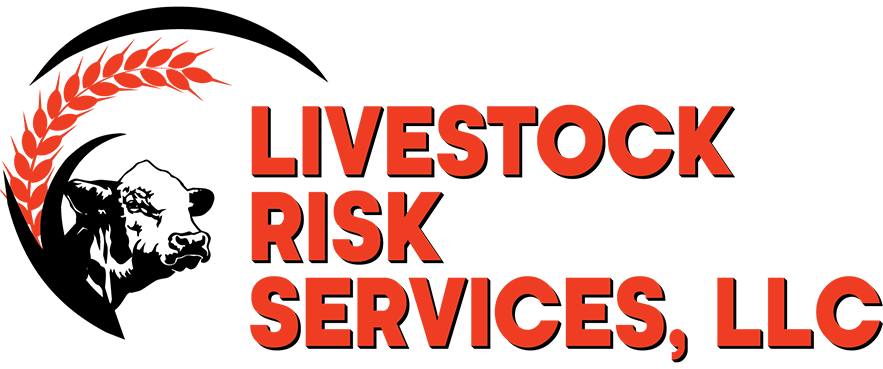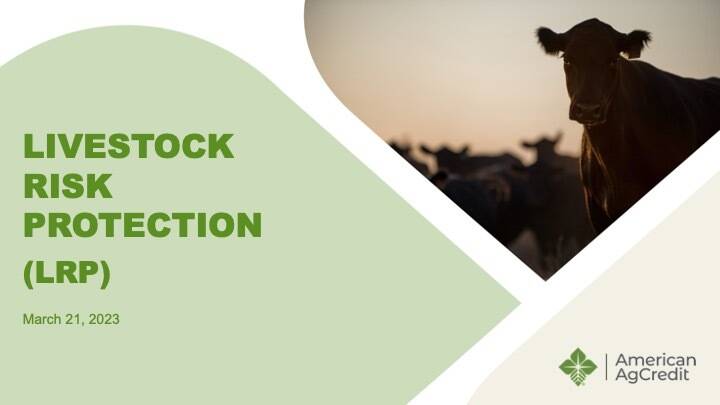Recognizing Livestock Danger Protection (LRP) Insurance Coverage: A Comprehensive Guide
Navigating the realm of animals risk defense (LRP) insurance policy can be a complex endeavor for several in the farming sector. This kind of insurance coverage provides a safeguard versus market fluctuations and unexpected conditions that can impact livestock producers. By understanding the ins and outs of LRP insurance coverage, producers can make educated choices that may safeguard their operations from economic risks. From exactly how LRP insurance operates to the numerous protection options offered, there is much to reveal in this thorough overview that could potentially form the method animals producers come close to threat monitoring in their organizations.

How LRP Insurance Works
Sometimes, understanding the auto mechanics of Livestock Danger Security (LRP) insurance can be complex, yet damaging down how it works can provide clearness for ranchers and farmers. LRP insurance is a danger monitoring tool designed to secure animals manufacturers against unexpected price decreases. It's important to keep in mind that LRP insurance coverage is not an earnings assurance; rather, it concentrates entirely on cost threat protection.
Qualification and Coverage Options

When it comes to coverage options, LRP insurance policy offers producers the adaptability to choose the insurance coverage degree, protection duration, and endorsements that best match their threat management needs. Insurance coverage degrees commonly vary from 70% to 100% of the expected ending value of the insured animals. Producers can also pick coverage durations that align with their production cycle, whether they are guaranteeing feeder livestock, fed livestock, swine, or lamb. Recommendations such as price threat defense can better customize coverage to protect against damaging market variations. By recognizing the qualification standards and insurance coverage alternatives offered, livestock manufacturers can make educated decisions to handle threat successfully.
Advantages And Disadvantages of LRP Insurance
When reviewing Livestock Risk Defense (LRP) insurance policy, it is necessary for livestock producers to evaluate the downsides and benefits intrinsic in this threat monitoring device.

One of the main advantages of LRP insurance is its ability to supply defense versus a decline in animals costs. Additionally, LRP insurance coverage provides a level of versatility, permitting manufacturers to customize coverage levels and policy durations to match their specific demands.
One constraint of LRP insurance policy is that it does not safeguard against all kinds of risks, such as illness episodes or natural calamities. It is vital for producers to very carefully evaluate their individual risk exposure and economic circumstance to identify if LRP insurance is the right danger administration device for their operation.
Comprehending LRP Insurance Policy Premiums

Tips for Making The Most Of LRP Benefits
Making best use of the benefits of Livestock Danger Defense (LRP) insurance calls for tactical planning and proactive danger management - Bagley Risk Management. To make the most article of your LRP protection, consider the complying with pointers:
Frequently Examine Market Conditions: Stay notified concerning market trends and price fluctuations in the livestock sector. By keeping an eye on these factors, you can make informed decisions about when to buy LRP insurance coverage to protect versus possible losses.
Establish Realistic Protection Degrees: When choosing protection levels, consider your manufacturing costs, market worth of animals, and possible dangers - Bagley Risk Management. Setting reasonable insurance coverage degrees makes sure that you are sufficiently shielded without overpaying for unnecessary insurance
Expand Your Coverage: As opposed to relying solely on LRP insurance coverage, think about diversifying your danger administration techniques. Integrating LRP with various other risk management devices such as futures agreements or choices can give comprehensive protection against market uncertainties.
Testimonial and Adjust Coverage Consistently: As market conditions transform, regularly assess your LRP coverage to guarantee it lines up with your current danger direct exposure. Adjusting insurance coverage degrees and timing of purchases can assist enhance your threat protection method. By adhering to these ideas, you can maximize the benefits of LRP insurance policy and secure your animals procedure versus unanticipated threats.
Verdict
In verdict, livestock risk security (LRP) insurance coverage is an important device for farmers to manage the financial risks connected with their animals procedures. By understanding exactly how LRP works, qualification and protection alternatives, in addition to the benefits and drawbacks of this insurance, farmers can make educated choices to protect their source of incomes. By meticulously taking into consideration LRP premiums navigate to these guys and applying techniques to take full advantage of benefits, farmers can alleviate prospective losses and guarantee the sustainability of their procedures.
Livestock producers interested in obtaining Animals Risk Defense (LRP) insurance coverage can explore a range of qualification requirements and coverage options tailored to their particular animals procedures.When it comes to protection alternatives, LRP insurance policy supplies producers the adaptability to select the insurance coverage level, coverage duration, and endorsements that best suit their danger administration needs.To realize the complexities of Animals Danger Defense (LRP) insurance policy completely, understanding the aspects affecting LRP insurance costs is essential. LRP insurance policy costs are figured out by various elements, consisting of the protection level selected, the expected price of livestock at the end of the protection period, the type of animals being insured, and the size of the protection period.Review and Readjust Insurance Coverage Consistently: As market problems alter, periodically evaluate your LRP coverage to ensure it lines up with your existing danger exposure.